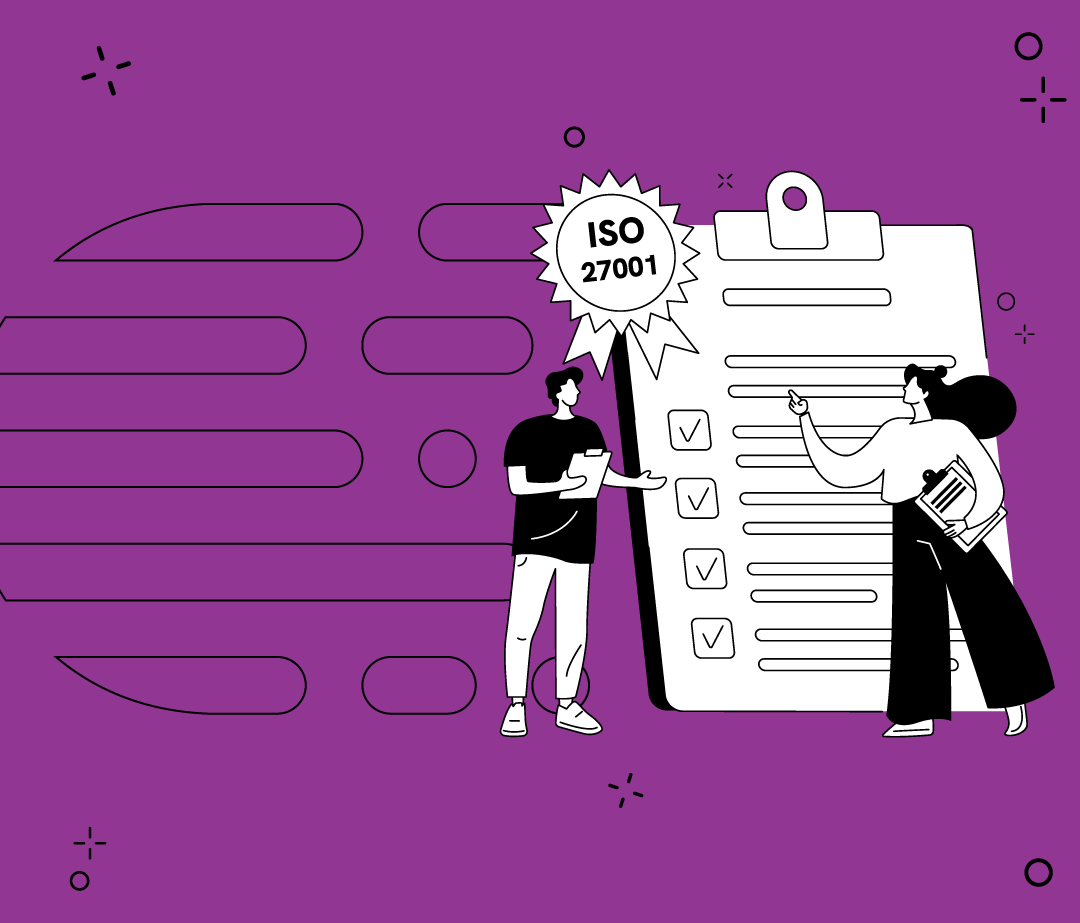The ISO 27001 certification is a strategic decision for CTOs and CEOs who want to ensure the security of their systems and improve operational efficiency. It not only sets international standards for information security management, but also positions organizations as trusted partners in an increasingly demanding marketplace.
How to get ISO 27001 certification?
1. Perform an initial assessment
Before making any changes, you need to assess your current situation. A third-party security audit is essential to identify your strengths and vulnerabilities. This external evaluation provides an objective perspective and can serve as your roadmap to certification.
2. Document your processes
Documentation is the cornerstone of certification. Without a clear understanding of your existing processes, you won’t be able to protect or optimize them. Prioritize activities related to handling sensitive data and those critical for ISO 27001 compliance.

3. Executive commitment
Certification is unattainable without executive-level support. Ensure that your leadership team understands the importance of this project and is willing to allocate resources to make it happen. Visible leadership is key to motivating the entire team.
4. Set priorities and create a plan
You can’t fix all security problems at once. List the vulnerabilities identified in the assessment and categorize them based on their impact and ease of implementation.
For example:
- Critical gaps, such as unprotected passwords, should be resolved immediately.
- Lower-priority vulnerabilities, such as power outage redundancies, can be scheduled for long-term resolution.
Read more → 7 key points to ensure software security
5. Assign an internal project leader
ISO 27001 certification requires an internal leader to drive and oversee the process. This person must have the authority and resources to coordinate teams, drive implementation, and liaise with external consultants.
6. Get ready for a cultural shift
ISO 27001 is not just about implementing policies and controls; it requires a change in organizational mindset. From technical teams to administrative departments, everyone must adopt strong security practices. This process takes time, so patience is key: achieving certification typically takes between 2 and 3 years.
Suscribe to our newsletter!
What are the benefits of ISO 27001?
- Market confidence: A key differentiator when dealing with international customers or partners.
- Incident protection: Reduces the risk of financial and data losses from security breaches.
- Regulatory compliance: Helps avoid penalties and strengthens your reputation.
ISO 27001 certification is more than just a technical requirement; it is a strategic investment in your business’s sustainability and competitiveness. With the right support and a well-defined plan, this process becomes a competitive advantage for any technology company.
FAQs about ISO 27001
ISO 27001 is essential for companies that handle sensitive information, such as fintechs, banks, eCommerce, and software vendors. It is also key for organizations looking to improve their information security and comply with international regulations.
ISO 27001 is designed to protect sensitive information and reduce security risks. Its main objectives are to ensure data security, comply with regulations, and improve risk management. It also helps companies build trust with customers and partners.
Improve Information Security in your company!
ISO 27001 is the key standard for protecting information and managing security risks. But implementing best practices goes beyond certification.
To help CEOs, CTOs and business leaders at Crombie, we have created “The ABCs of Information Security”, a free eBook with essential guidelines for strengthening corporate security and mitigating threats.














Leave a Comment